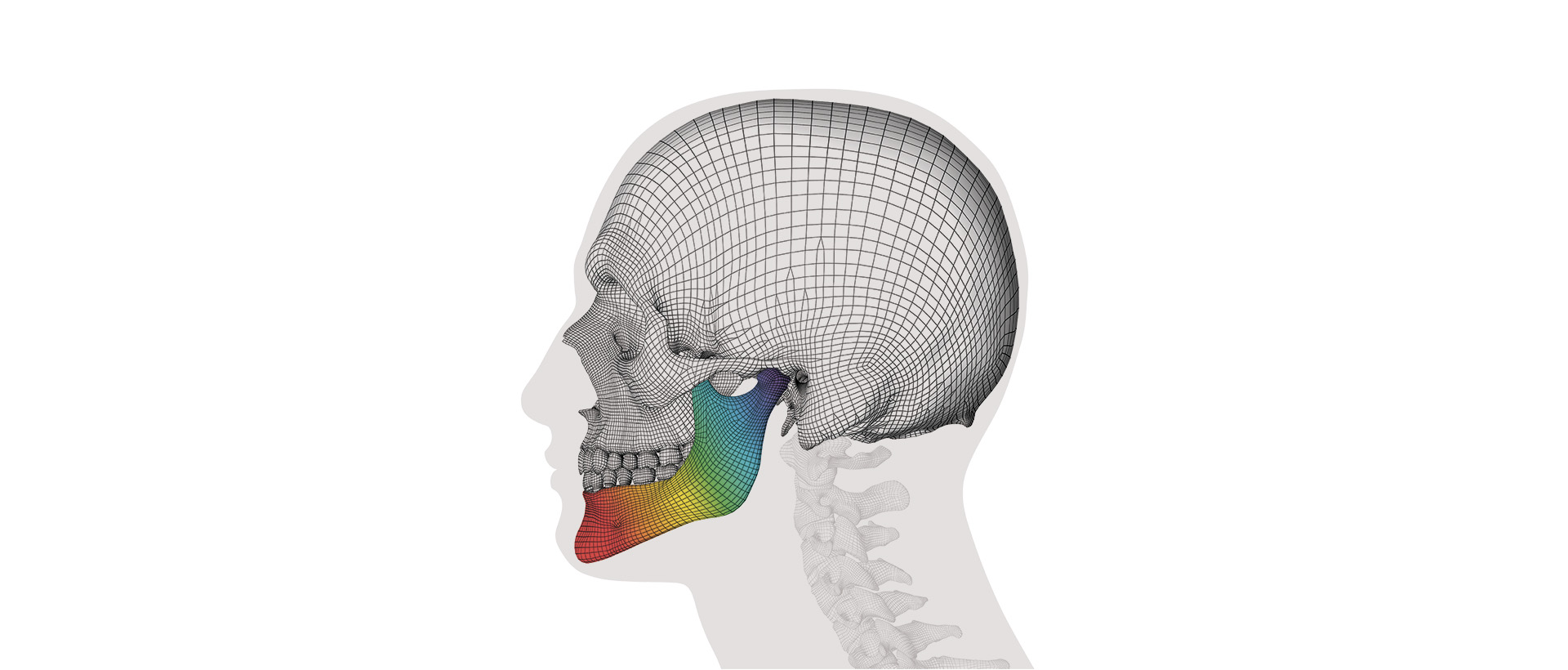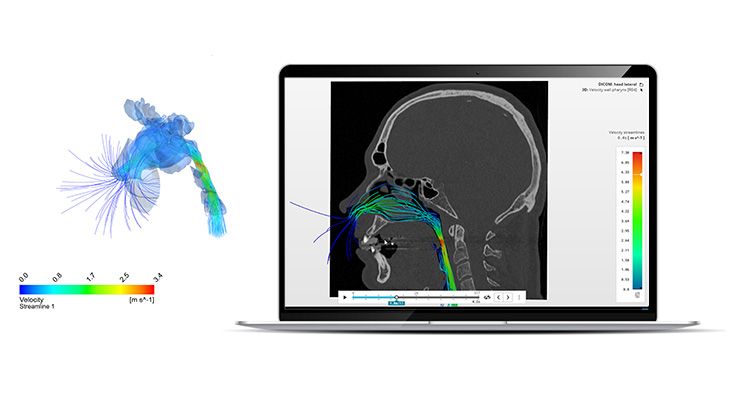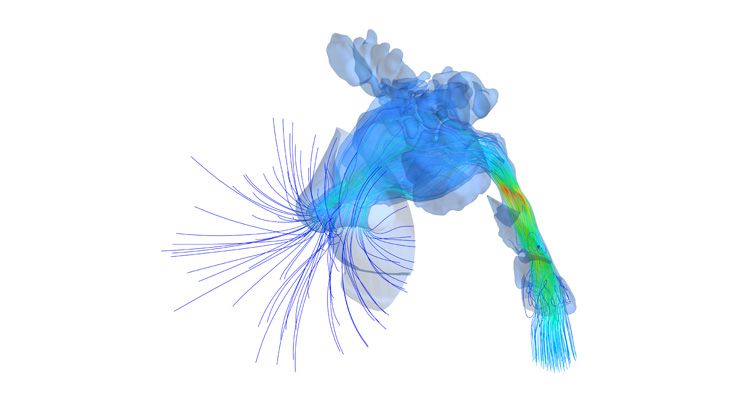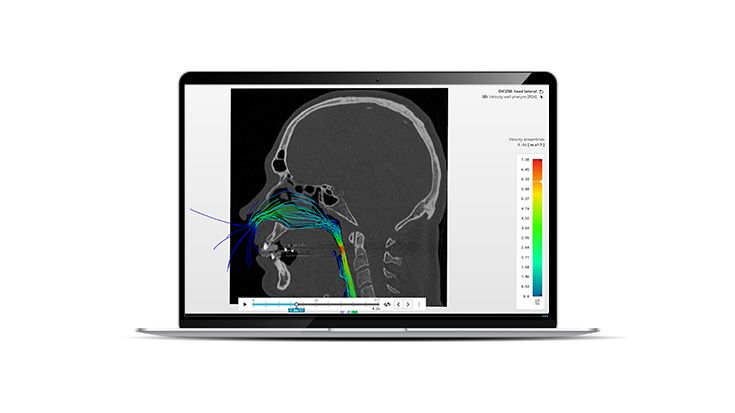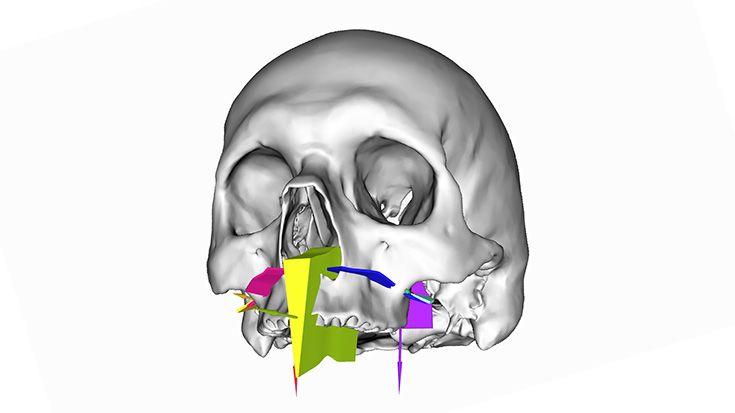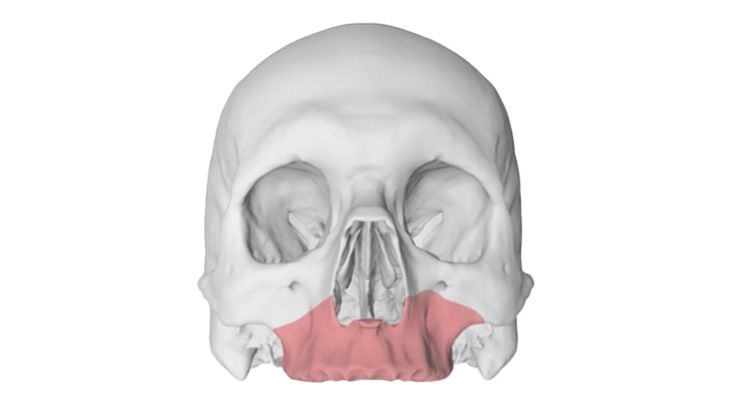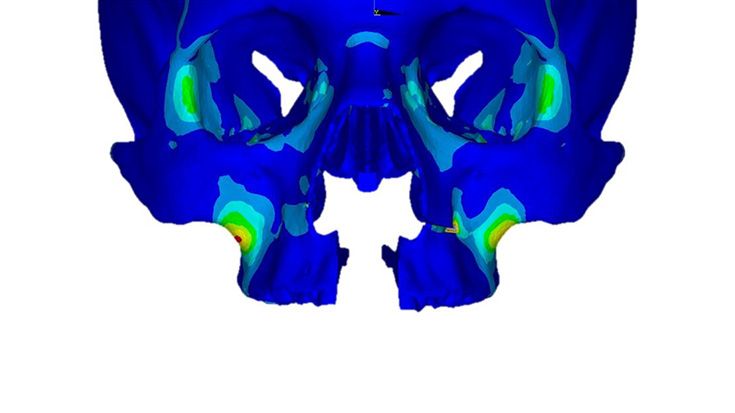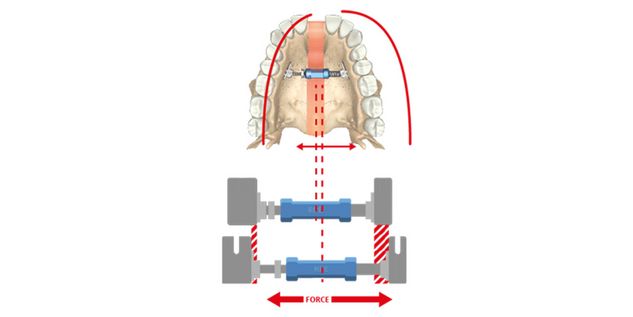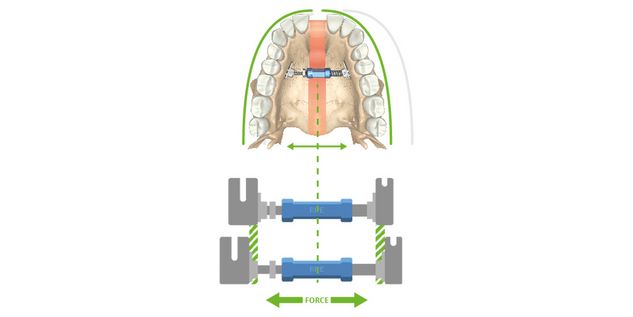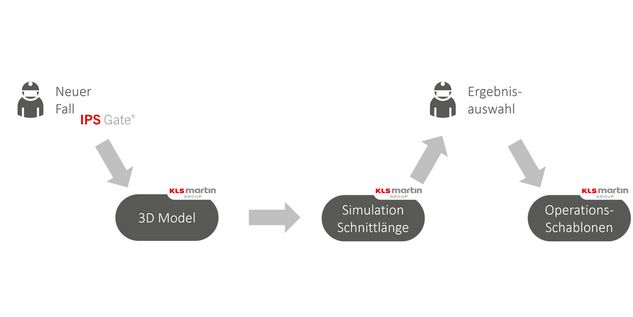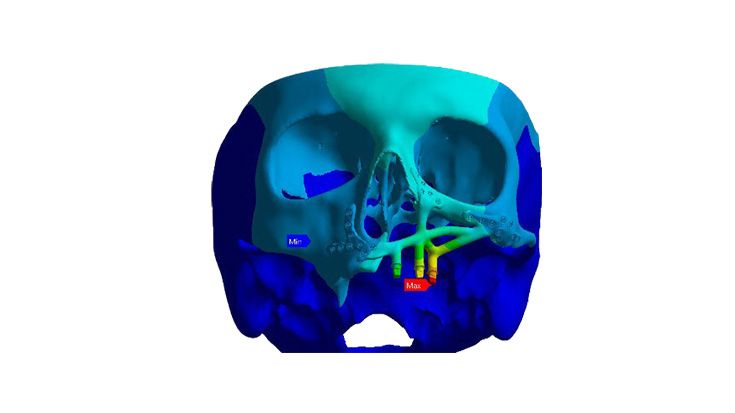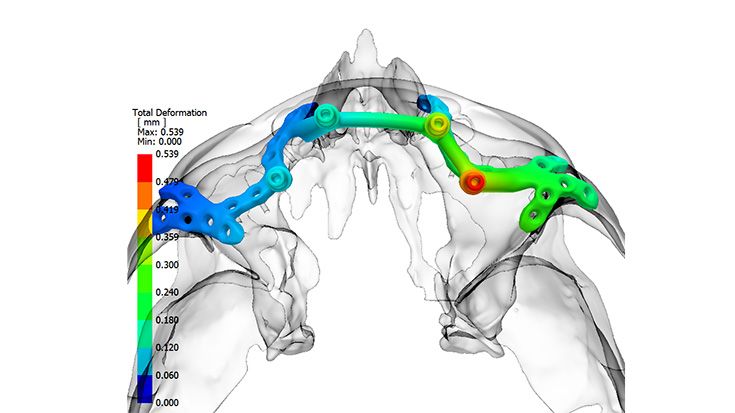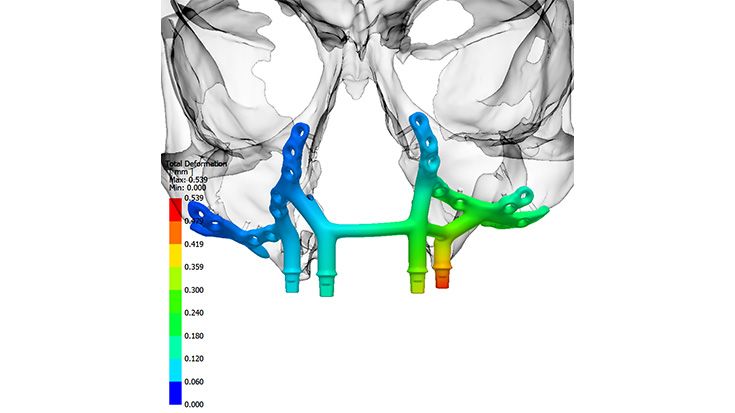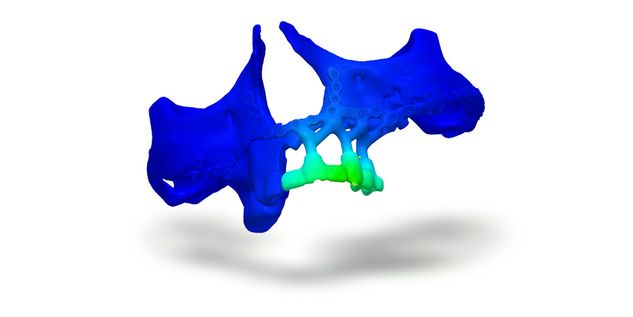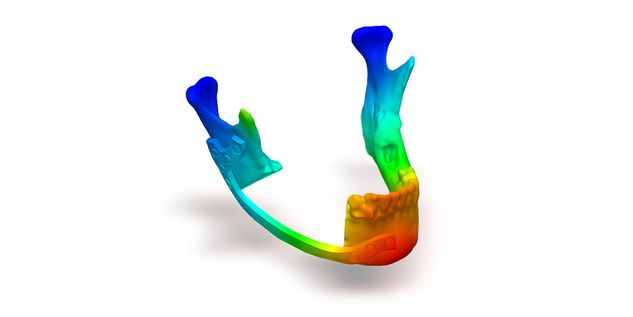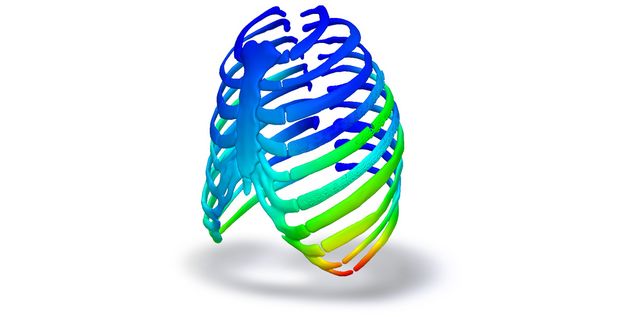These cookies are needed to let the basic page functionallity work correctly.
Hide Cookie Information
Typo3 Frontend User
Saves the login status of your session.
| Provider: | KLS Martin Group |
| Cookiename: | fe_typo_user |
| Runtime: | Session |
| Privacy source url: | https://www.klsmartin.com/en/privacy/ |
Typo3 Backend User
Saves the login status of your session.
| Provider: | KLS Martin Group |
| Cookiename: | be_typo_user |
| Runtime: | Session |
| Privacy source url: | https://www.klsmartin.com/en/privacy/ |
Cloudflare Cookie Management
The Cloudflare bot products identify and combat automated traffic to protect your site from malicious bots. Cloudflare places the __cf_bm cookie on end-user devices accessing customer websites that are protected by bot management or bot fight mode. The __cf_bm cookie is required for these bot solutions to work properly.
This cookie expires after (a maximum of) 30 minutes of uninterrupted inactivity by the end user. The cookie contains information about the calculation of Cloudflare's proprietary bot score and, if Anomaly Detection is enabled on bot management, also a session identifier. The information in the cookie (with the exception of time-related information) is encrypted and can only be decrypted by Cloudflare.
A separate __cf_bm cookie is generated for each website that an end user visits, and Cloudflare does not track users from website to website or from session to session by merging different __cf_bm identifiers into one profile. The __cf_bm cookie is generated independently by Cloudflare and does not correspond to any user ID or other identifier in a customer's web application.
| Provider: | Cloudflare |
| Cookiename: | __cf_bm |
| Runtime: | Session |
| Privacy source url: | https://www.cloudflare.com/privacypolicy |
| Host: | Cloudflare, Inc. |
PHPSESSID
This cookie is native to PHP applications. The cookie is used to store and identify the unique session ID of a user in order to manage the user session on the website. The cookie is a session cookie and is deleted when all browser windows are closed.
| Provider: | KLS Martin Group |
| Cookiename: | PHPSESSID |
| Runtime: | Session |
| Privacy source url: | https://www.klsmartin.com/en/privacy/ |
Wacon Cookie Management
The cookie is set by the Wacon Cookie Management and is used to store whether the user has consented to the use of cookies or not. No personal data is saved.
| Provider: | KLS Marting Group |
| Cookiename: | waconcookiemanagement |
| Runtime: | 1 Year |
| Privacy source url: | https://www.klsmartin.com/en/privacy/ |
Umantis
Stores form information.
| Provider: | Haufe |
| Cookiename: | Umantis |
| Runtime: | Session |
| Privacy source url: | https://www.haufe.de/datenschutzerklaerung_24_360.html |
| Host: | https://recruitingapp-5377.de.umantis.com |
Language Popup
This cookie is necessary for the language selection popup.
| Provider: | KLS Martin Group |
| Cookiename: | klsmartinlang |
| Runtime: | Session |



